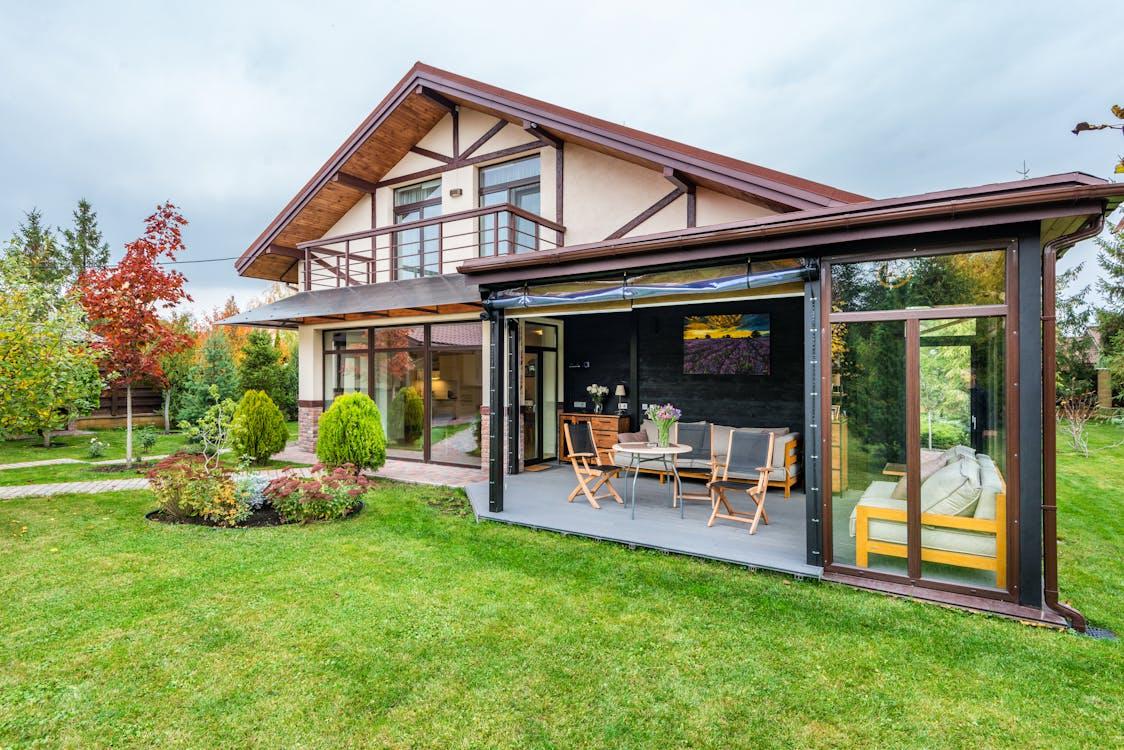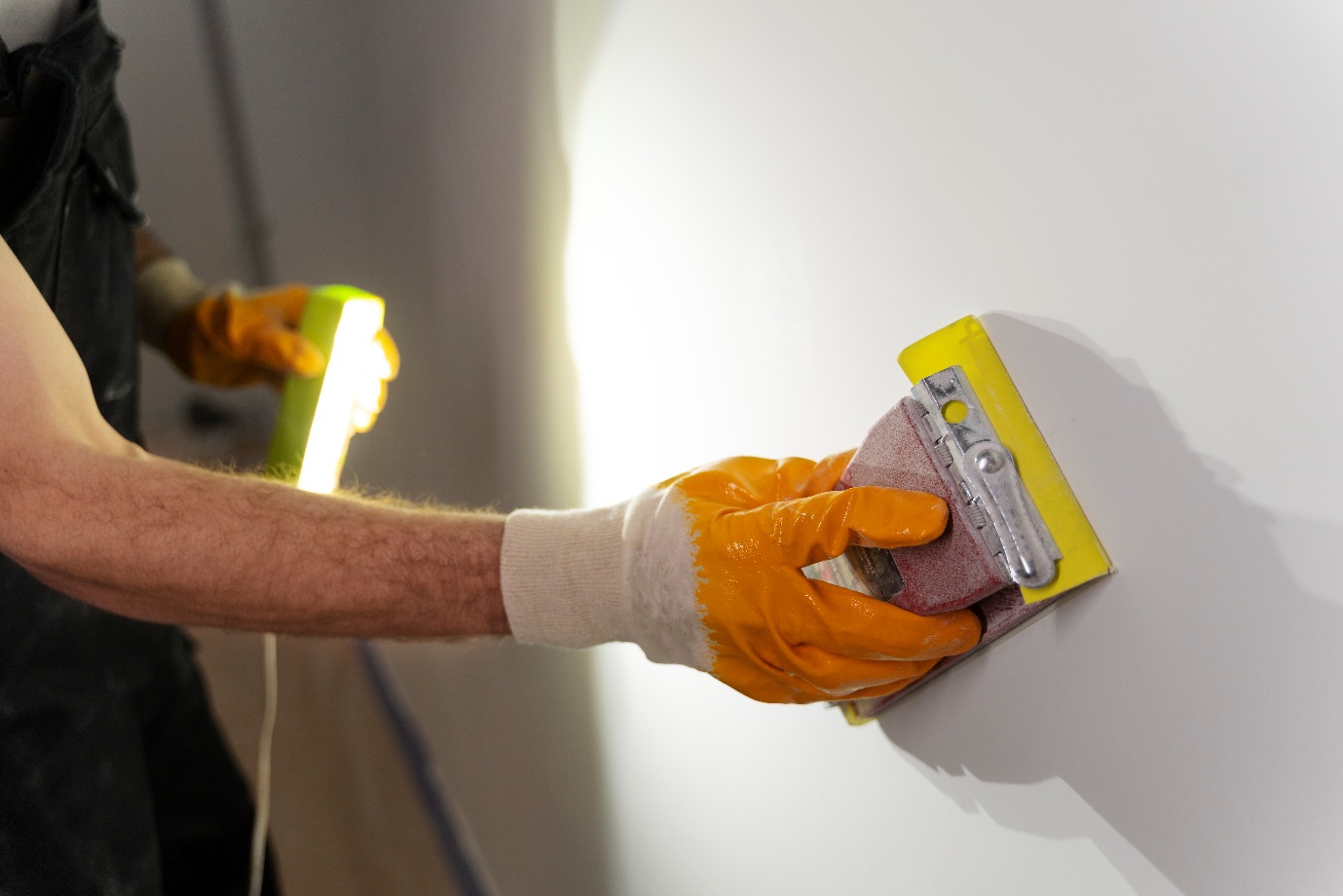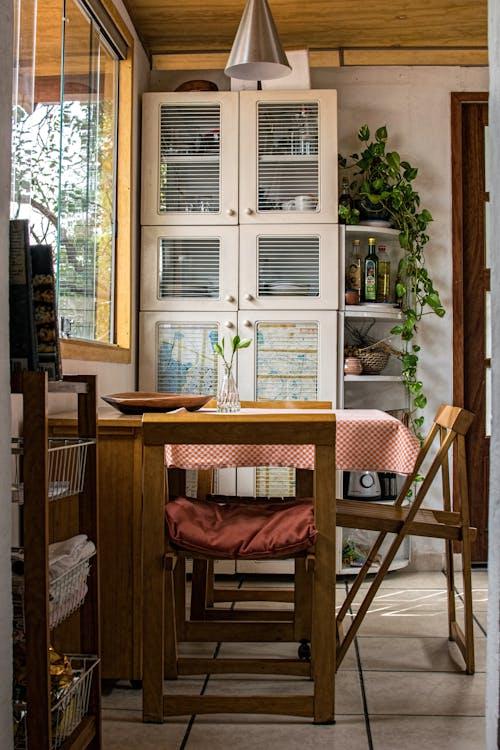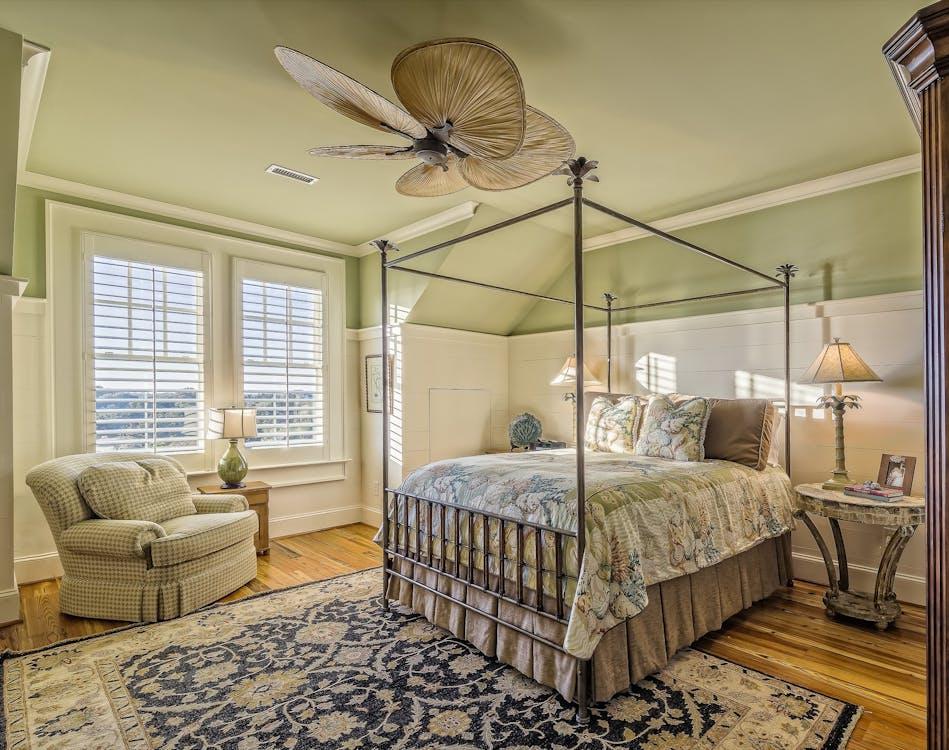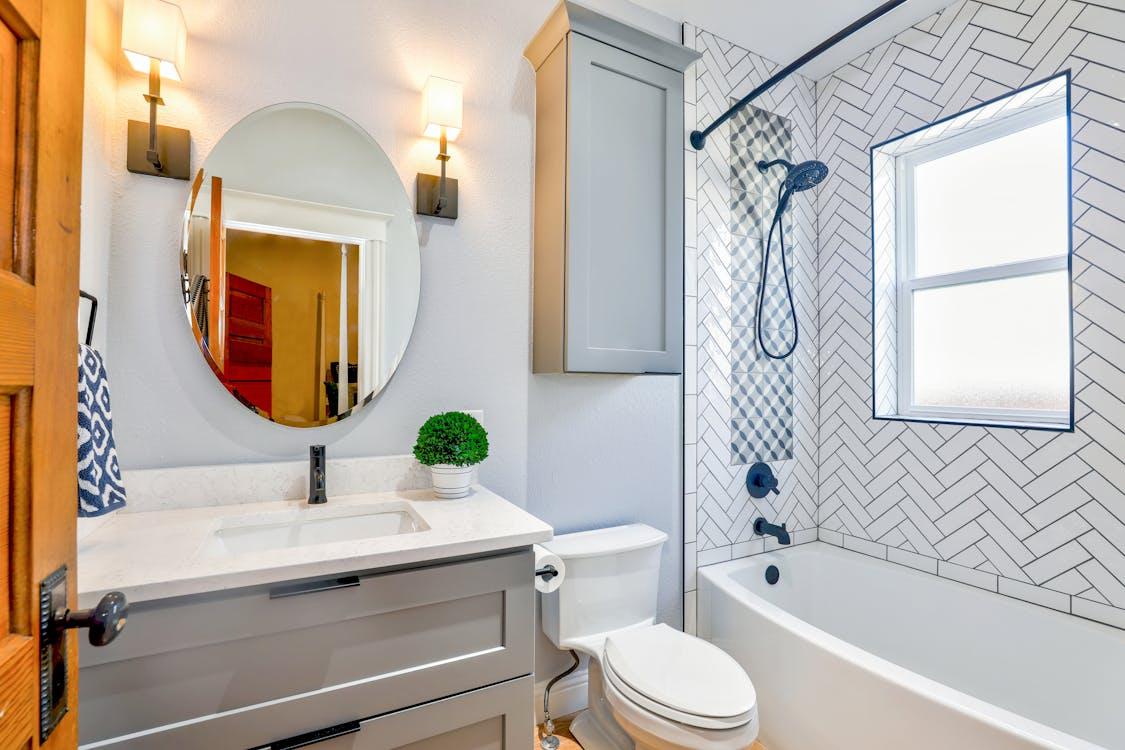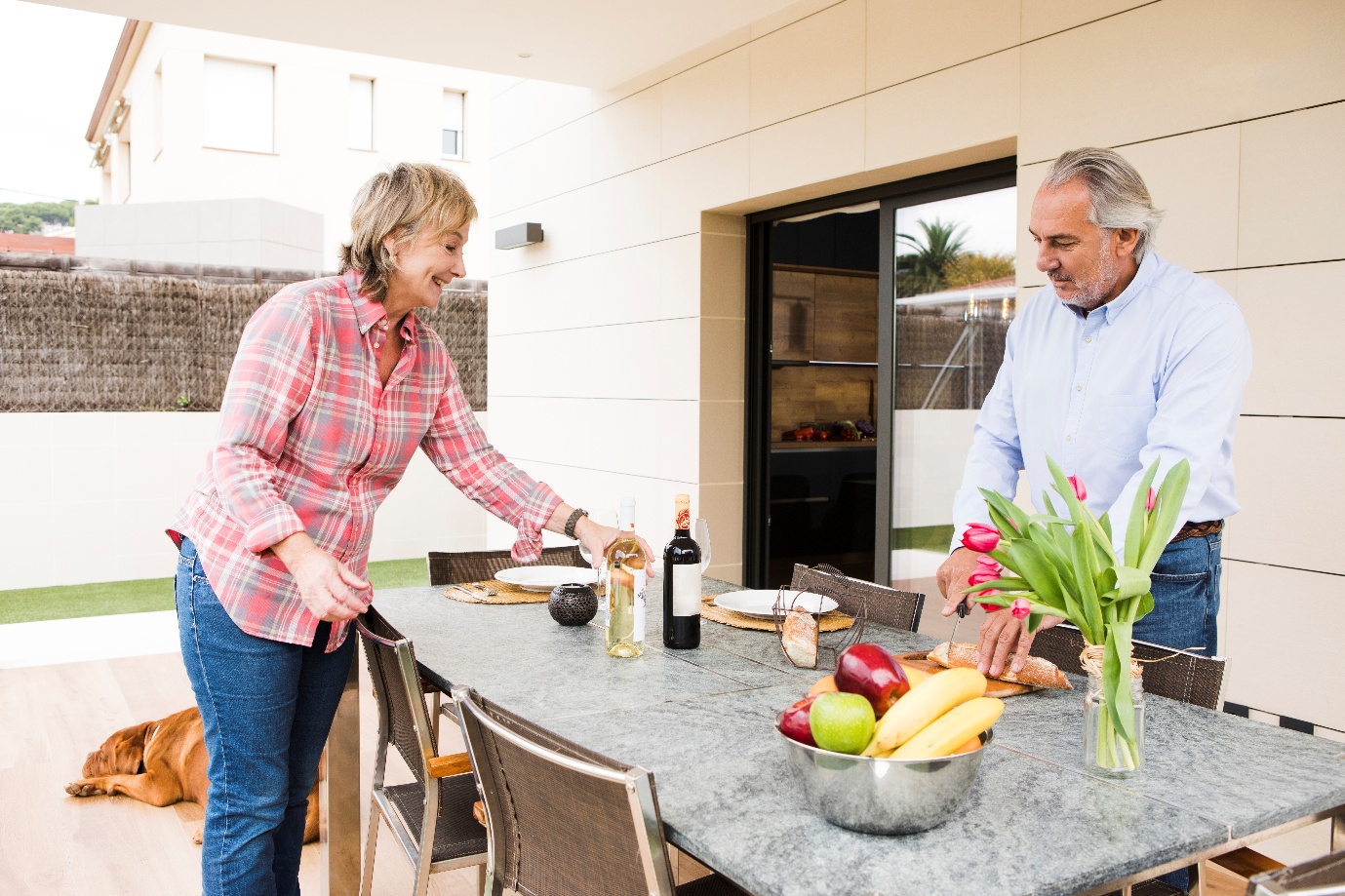Painting is an art, but it’s also a science. From the chemical formulas that make up different types of paint to the finishes that create specific textures and appearances, understanding the technical aspects of paint is essential for informed choices in your painting projects.
In this blog, we’ll dive deep into the science of paint used by commercial painters in Orange County, exploring everything from paint compositions to finish options.
Understanding Paint Formulas
1. Water-Based (Latex) Paint
Water-based paints, often referred to as latex paints, are a popular choice for their versatility and ease of use. These paints are primarily composed of water, pigments, and binders. The water acts as the solvent, while the binders help the paint adhere to surfaces. Latex paints are known for their quick drying times and low levels of volatile organic compounds (VOCs), making them an eco-friendly option.
2. Oil-Based Paint
Oil-based paints use organic solvents as the vehicle for the pigments and binders. These solvents are typically derived from petroleum, which is why oil-based paints are sometimes called alkyd paints. They offer a durable and smooth finish, but they also release higher levels of VOCs. Due to environmental concerns and changing regulations, oil-based paints are becoming less common.
3. Acrylic Paint
Acrylic paints are a versatile option known for their flexibility and fast drying times. They are composed of pigments suspended in an acrylic polymer emulsion. These paints can be used on various surfaces and are suitable for both interior and exterior applications.
4. Enamel Paint
Enamel paints, often used for high-gloss finishes on surfaces like metal and wood, are formulated with a high concentration of resin. This results in a hard and glossy finish. Enamel paints are known for their durability and resistance to damage.
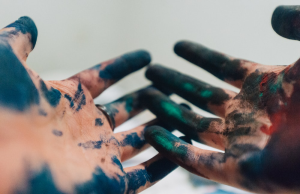
Understanding Paint Finishes
5. Flat Finish
Flat finishes have a smooth, non-reflective surface. They are ideal for concealing imperfections in walls and ceilings. Flat finishes are commonly used in bedrooms and living rooms where a cozy and relaxed atmosphere is desired.
6. Eggshell Finish
Eggshell finishes have a subtle sheen, resembling the surface of an eggshell. They are more durable and washable than flat finishes, making them a popular choice for high-traffic areas like hallways and kitchens.
7. Satin Finish
Satin finishes offer a gentle shine that is more pronounced than eggshells. They are easy to clean and are often used in bathrooms and on trim, providing an elegant look that stands up to moisture and wear.
8. Semi-Gloss Finish
Semi-gloss finishes have a noticeable sheen and are highly durable. They are resistant to moisture, making them suitable for areas prone to splashes and stains, such as kitchens and bathrooms. Semi-gloss is also commonly used on doors and trim.
9. Gloss Finish
Gloss finishes have a high shine, creating a reflective surface. They are exceptionally durable and easy to clean, making them a preferred choice for surfaces that endure heavy wear and tear, such as handrails and exterior doors.
10. Matte Finish
Matte finishes are known for their velvety, non-reflective appearance. They are often used for a sophisticated and contemporary look in living spaces and bedrooms. While they offer an elegant appearance, they may not be as washable as other finishes.

11. High Gloss Finish
High gloss finishes have the highest level of shine and reflectivity. They create a dramatic, high-end look but also highlight imperfections in the surface. These finishes are typically reserved for accents and specialty items.
12. Textured Finish
Textured finishes add dimension to walls and ceilings. They are created using specialized paint additives or techniques, resulting in surfaces that feel textured when touched. Textured finishes are often used to hide imperfections and create a unique visual effect in various spaces.
13. Metallic Finish
Metallic finishes are designed to mimic the appearance of metals like gold, silver, and bronze. They create a reflective, shiny surface that adds a touch of luxury and sophistication to walls, furniture, and accent pieces. Metallic finishes are popular in modern and high-end interior design.
14. Chalkboard Paint
Chalkboard paint allows you to turn any surface into a writable and erasable chalkboard. It’s often used in kitchens for shopping lists and recipes, in children’s rooms for creative play, or in home offices for brainstorming and notes.
15. Magnetic Paint
Magnetic paint contains iron particles that allow magnets to stick to the surface. It’s a creative way to transform a wall or part of a room into a magnetic board for photos, notes, and artwork.
16. Color-Changing Paint
Thermochromic and photochromic paints change color in response to temperature or light. Imagine a wall that shifts from one color to another when heated or when exposed to sunlight. These innovative paints can create dynamic and captivating visual effects.
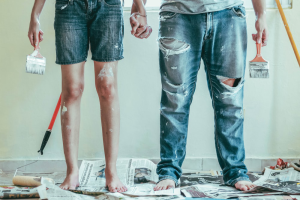
Informed Painting Choices
Understanding the science of paint, including its various formulas and finishes, empowers you to make informed choices for your painting projects. Whether you’re aiming for durability, washability, or a specific aesthetic, knowing the technical aspects of paint allows you to achieve the desired results.
At Silver Star Painting, we not only excel in the art of painting but also have a deep understanding of the science behind it. Our commitment to delivering high-quality painting services goes hand in hand with our knowledge of paint compositions and finishes. We offer residential painting, exterior painting, and commercial painting services in San Diego.
Contact Silver Star Painting today for a free consultation!

